Introduction
Chaoshan beef balls, a cherished culinary icon of China’s Guangdong province, are renowned for their springy texture, intense beefy flavor, and delicate balance of seasonings. These tender, bouncy orbs are a staple in hot pots, noodle soups, and stir-fries, embodying the region’s culinary philosophy of simplicity and precision. Crafting authentic Chaoshan beef balls at home requires meticulous attention to detail, from selecting the finest cuts of meat to mastering the rhythmic pounding technique that aerates the mixture. This article delves into the time-honored methods behind this beloved dish, offering a comprehensive guide to recreate the magic of Chaoshan-style beef balls in your own kitchen.
The History and Cultural Significance
Originating from the Chaoshan region, which includes cities like Shantou, Chaozhou, and Jieyang, beef balls have a history dating back centuries. Initially, they were a byproduct of butchery, with local chefs transforming less-desired cuts of beef into a versatile ingredient. Over time, the dish evolved into a symbol of culinary craftsmanship, celebrated for its texture—a result of precise protein alignment achieved through hand-pounding and careful temperature control. Today, Chaoshan beef balls are not merely a meal component but a cultural emblem, embodying the region’s dedication to preserving traditional cooking techniques.
Ingredients: Quality Over Quantity
The foundation of exceptional beef balls lies in selecting premium ingredients. Below is a breakdown of essential components:
-
Beef Selection:
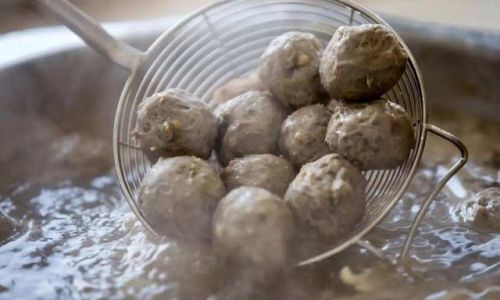
- Cut: Opt for tenderloin, sirloin, or flank steak, known for their lean muscle fibers and minimal fat. Avoid fatty cuts, as excess marbling disrupts the balls’ springy consistency.
- Freshness: Use meat chilled within 24 hours of slaughter. Frozen or aged beef yields a grainy texture.
- Quantity: For 4–6 servings, prepare 500 grams (1.1 pounds) of beef.
-
Seasonings and Additives:
- Salt: 1.5 teaspoons (enhances flavor and protein extraction).
- White Pepper: ½ teaspoon (adds mild heat).
- Baking Soda: ¼ teaspoon (tenderizes meat; optional but recommended for tenderness).
- Cornstarch: 1 tablespoon (binds the mixture without making it gummy).
- Ice Water: ¼ cup (maintains low temperatures during mixing).
- Fatback or Beef Suet: 50 grams (1.8 ounces; enhances juiciness).
-
Aromatics:
- Garlic: 2 cloves, minced (for depth).
- Shaoxing Wine: 1 tablespoon (optional; adds complexity).
Tools and Equipment
Achieving the perfect texture demands specialized tools:
- Meat Grinder: A manual or electric grinder with a fine plate (4–5mm holes) ensures uniform mincing.
- Stone Mortar and Pestle: Traditional chefs use this to pound meat into a paste, though a food processor can substitute (with caveats).
- Large Mixing Bowl: Preferably stainless steel or glass to retain cold temperatures.
- Spatula: For scraping and folding the meat mixture.
- Ice Bath: A bowl of ice water to chill tools and meat during preparation.
- Saucepan: For poaching the beef balls.
Step-by-Step Preparation
Preparing the Meat
- Trim and Chill: Remove sinew, gristle, and visible fat from the beef. Cut the meat into 2.5 cm (1-inch) cubes and place them in the freezer for 20–30 minutes. Partial freezing firms the meat, making it easier to grind without overheating.
- Grind the Meat: Pass the chilled beef through the grinder twice. The first grind breaks down the muscle fibers; the second pass creates a finer texture. If using a food processor, pulse in short bursts to avoid overprocessing.
The Pounding Technique
This step is pivotal for developing the beef balls’ signature bounce.
- Manual Pounding: Transfer the ground meat to a stone mortar. Using a heavy pestle, pound the meat in a rhythmic, upward-and-downward motion. This action aligns the protein strands, creating a gel-like consistency. Pound for 15–20 minutes until the mixture becomes sticky and resists falling off the pestle.
- Alternative Method: If using a food processor, blend the meat in 10-second intervals, scraping the sides frequently. However, this method may yield a slightly less springy texture compared to hand-pounding.
Seasoning and Mixing
- Create a Slurry: In a small bowl, combine cornstarch, baking soda, and 2 tablespoons of ice water. Stir until smooth.
- Incorporate Flavors: Add the slurry, minced garlic, white pepper, and Shaoxing wine (if using) to the pounded meat. Sprinkle salt evenly over the mixture.
- Hydrate and Knead: Using your hands, knead the mixture vigorously for 8–10 minutes. The goal is to develop a sticky, elastic dough-like texture. Periodically dip your hands in ice water to prevent the meat from warming.
Shaping the Beef Balls
- Wet Your Hands: Keep a bowl of cold water nearby to moisten your palms, preventing sticking.
- Forming Technique: Scoop a tablespoon of meat mixture and roll it between your cupped hands. For the traditional “bouncy” texture, squeeze the mixture through your thumb and index finger, creating a smooth orb.
- Size Consistency: Aim for balls 2.5–3 cm (1–1.2 inches) in diameter to ensure even cooking.
Cooking the Beef Balls
- Poaching Method: Fill a saucepan with water and bring it to a gentle simmer (80–85°C/176–185°F). Avoid boiling, as high heat toughens the meat.
- Gentle Cooking: Lower the beef balls into the water using a slotted spoon. Cook for 5–7 minutes until they float to the surface.
- Ice Bath Shock: Transfer the cooked balls to an ice water bath for 2 minutes. This halts cooking and firms the texture.
Storage and Serving
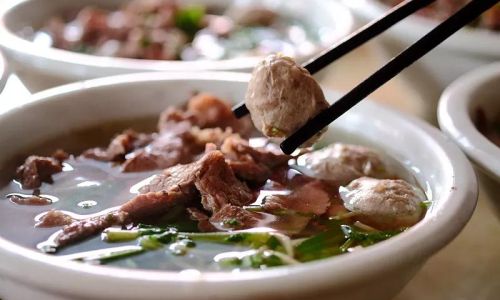
- Refrigeration: Store cooked beef balls in an airtight container with cooking liquid for up to 3 days.
- Freezing: Arrange them on a baking sheet, freeze until solid, then transfer to a freezer bag for up to 3 months.
Tips for Perfecting Chaoshan Beef Balls
-
Temperature Control:
Work in a chilled environment to keep the meat below 4°C (39°F). Warmth melts fat and disrupts protein alignment.
-
Avoid Overmixing:
Over-kneading breaks down proteins, resulting in a mealy texture. Stop once the mixture feels cohesive and springy.
-
Fat Ratio:
For juicier balls, incorporate 10% fatback or suet. Too much fat causes shrinkage during cooking.
-
Troubleshooting:
- Balls Fall Apart: Add ½ teaspoon more cornstarch or knead longer.
- Tough Texture: Reduce baking soda or ensure meat isn’t over-pounded.
Serving Suggestions
-
Beef Ball Noodle Soup:

Simmer beef balls in a clear broth with radish and bok choy. Serve over fresh rice noodles with a drizzle of sesame oil.
-
Hot Pot:
Add beef balls to a simmering kombu or chicken broth. Dip in a sauce of soy sauce, vinegar, and chili oil.
-
Stir-Fry:
Slice cooked beef balls and toss with vegetables like bell peppers and snow peas in a savory oyster sauce.
-
Skewers:
Thread beef balls onto bamboo skewers, grill until charred, and brush with honey-soy glaze.
Conclusion
Mastering Chaoshan beef balls is a labor of love, demanding patience and precision. Yet, the reward—a plate of perfectly bouncy, flavorful orbs—is unparalleled. By adhering to traditional techniques and sourcing quality ingredients, home cooks can honor the culinary heritage of Chaoshan while savoring the fruits of their labor. Whether nestled in a steaming bowl of noodles or bobbing in a hot pot, these beef balls are a testament to the artistry of simplicity. Embrace the process, and let each bite transport you to the bustling streets of Guangdong.
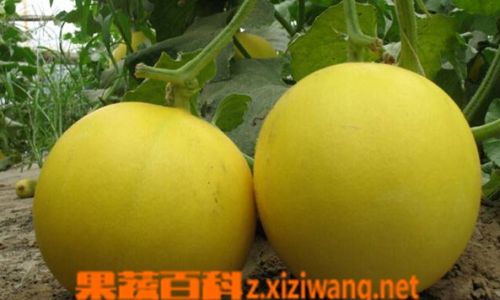
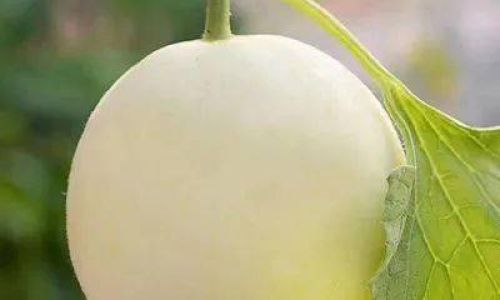
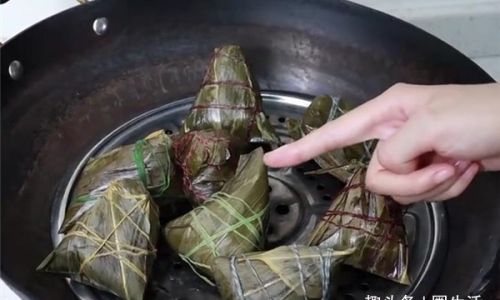
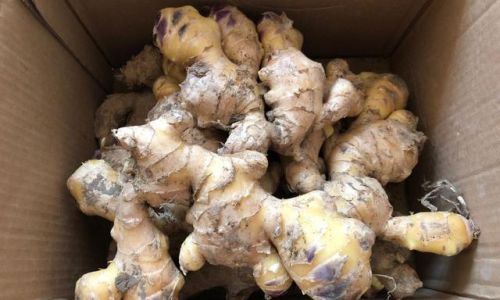
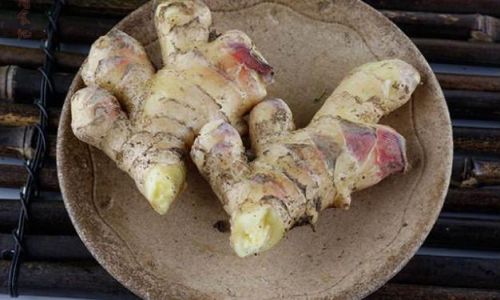
0 comments